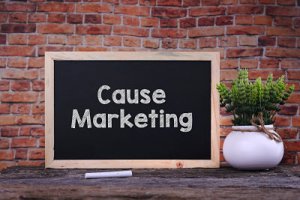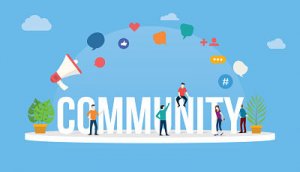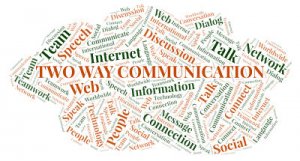Clients You Love
November 20, 2019
![]() The truth is not every client is created equal. We all know that there are clients we love to serve. We’re able to provide them with incredible value and they appreciate the work we do. The relationship goes beyond the transaction and makes our work meaningful. Wouldn’t it be wonderful to work with a bunch of customers like that?
The truth is not every client is created equal. We all know that there are clients we love to serve. We’re able to provide them with incredible value and they appreciate the work we do. The relationship goes beyond the transaction and makes our work meaningful. Wouldn’t it be wonderful to work with a bunch of customers like that?
That doesn’t have to be just a dream. If you’re willing to invest a little bit of time profiling your best customers, you can replicate them. There are no bad customers. But there are definitely bad customers for each of our organizations. I believe marketing gets a whole lot easier when you have a clear picture of exactly who you should and who you should not serve. How different would your business be if you only served people who resemble your best and most loved clients?
At MMG we call those sweet spot customers. They’re the customers that you can delight every time. They’re your best referral sources and they tend to stick around for a long time. The truth is that companies are living entities and some are better matches than others. It’s not enough that they need what you sell. Lots of people are potential customers. But not all of them are sweet spot customers.
Marketing becomes a whole lot easier when you can narrow down your audience. You can be very specific, knowing that your message will resonate with exactly who you’re trying to reach. Unfortunately, most businesses never drill down to define who their best customers are.
Here’s an exercise you can do with your internal team to begin to understand how to recognize your right-fit clients.
Start by thinking of the client you love – the one you’d most like to replicate. If you could have ten of any particular client – which client would you choose? Now identify your next two favorite clients of all time. Now we have a sample of three clients you’d gladly work for over and over again.
Take some time to think about those three clients. What do they have in common?
- Was it the kind of work you got to do for them?
- Was it their budget size or their approval process?
- How about their structure?
- Were they all the same age, gender or have some other demographic in common?
- How large was their organization?
- Were they leaders in their industry or were they the underdogs?
- How did they communicate?
That’s just scratching the surface but you get the idea. Dig deep and find the commonalities that made them such a perfect fit. In most cases, you’ll come up with a list of 5-8 traits they all had in common. Think of that list as your best client filter. Next time you have the opportunity to chase after a new client, compare them to the list. If they don’t possess most of the same characteristics, odds are they aren’t going to be a sweet spot client. This matrix is an objective tool that you can use to determine which prospects would be your best fit and worth pursuing with a vengeance.
Not only will you know who you should ideally pursue, but you’ll know how to talk to them. You’ll know what matters most to them and what they value. All of that insight should be woven into your marketing messages as well. By writing specifically to them, you’ll have a much better chance of attracting the kinds of clients you can successfully win and keep.
And let’s be honest – it’s a lot more fun to work for people who love and appreciate your efforts and who you enjoy as well. Why not stack the deck so you only work with customers like that?
This was originally published in the Des Moines Business Record as one of Drew’s weekly columns.
More







